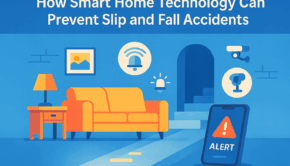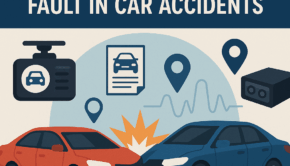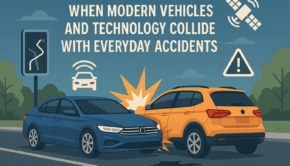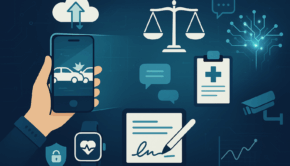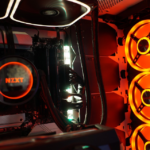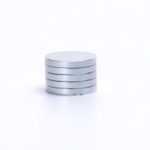How Technology Can Help Protect Us from Natural Disasters
Do you know what to do in case of a natural disaster? Don’t worry if you don’t, because technology may well hold the answer.
Disasters on Your Doorstep
For many people, it’s second nature to check their phone every few minutes for notifications. Unsurprisingly, cellphones are often the first method of communication should a natural disaster strike. So what happens if, or when, an unforeseen event occurs in your area?
Luckily, most countries have agencies or organizations prepared for such occurrences, and some even cover multiple regions (such as the World Meteorological Organization). How they use technology to protect us depends entirely on the natural disaster.
According to a recent survey by the World Health Organisation, the most common type of natural disaster reported worldwide is flooding, followed by storms and earthquakes. Quite often, flooding is a direct consequence of a severe tropical storm.
Tropical Storms
One of the most recent devastating tropical storms was Hurricane Maria, which raged across Puerto Rico in 2017 with wind speeds in excess of 150 mph. In Australia, Queensland was battered by Cyclone Debbie in the same year, and this year Super Typhoon Halong formed in the Northwest Pacific Ocean. All these disasters had different names, but weren’t fundamentally the same, so what is the difference?
The answer is where they’re formed. Hurricanes appear in the North Atlantic Ocean and Northeast Pacific, cyclones are created over the South Pacific and Indian Ocean, and typhoons form, like Halong, in the Northwest Pacific Ocean.
Storm Scale and Response
For a storm to register as severe, it’s rated on the Saffir-Simpson Hurricane Wind scale (0 – 5, with 5 involving winds in excess of 150 mph). Once categorized using meteorological data, the World Meteorological Organization Tropical Cyclone Programme then sends out relevant ‘advisory products’. These most commonly take the form of text messages that are delivered directly to the cellphones of people within the affected area.
Tornado Scale and Response
Tornadoes only form over land. Otherwise, they are categorized in the same way as tropical storms, but use the enhanced Fujita Scale (0 – 5). Warnings are then sent out via text message, radio and television broadcasts, and through relevant apps (such as The American Red Cross Tornado app).
Earthquakes
When tectonic plates shift deep underground, the resultant fault line often causes a tremor. As with other natural disasters, earthquakes also have a classification system.
Earthquake Scale and Response
The Richter scale measures the magnitude of a quake. This goes from less than 1.0 to over 8.0, which is considered ‘great’ and involves catastrophic damage. In 1999, an earthquake registering 6.5 struck Armenia, Colombia. Despite Colombia being a regular site of earthquakes, there was no warning system in place at the time, which meant the city wasn’t protected or even prepared.
Since then, sirens have been installed at various points around the city, so that once seismic machines register a tremor, an alarm can be sounded. People then have time to reach safety.
Other countries employ similar seismic computers or, as in California recently, mobile technology has been used to produce an earthquake warning app.
Other Forms of Protection
What if you’re not prepared? This could be because it’s highly unlikely, if not outright unusual, for a natural disaster to strike where you live.
Insurance
For example, in 1987, Hurricane Emily struck the United Kingdom and caused billions of pounds worth of damage. In the same year, a tornado hit Edmonton, Canada, accompanied by tennis ball-sized hailstones for several hours.
Since then, insurance companies have sought to offer protection where the relevant technology either doesn’t exist or isn’t typically needed. Or, as in the case of the UK, it’s possible to find cover for at least certain kinds of frequent natural disasters, such as floods. You can find more info here.
Unnatural Disasters
These are often manmade, but appear natural. In the UK, floods can be caused by tidal waves along the coast, but sometimes it’s due to poor land management. In certain parts of the US, mining has caused sinkholes to swallow buildings. It’s not possible to warn people about some of these things, so many decide to play it safe and take out a policy that should cover them in case things go wrong.
Conclusion
Most of us live in countries affected by natural disasters. Although their impact and type may vary, we know we can rely on relevant technological systems, from cellphone early warning notifications to emergency broadcasts, to keep us safe.


